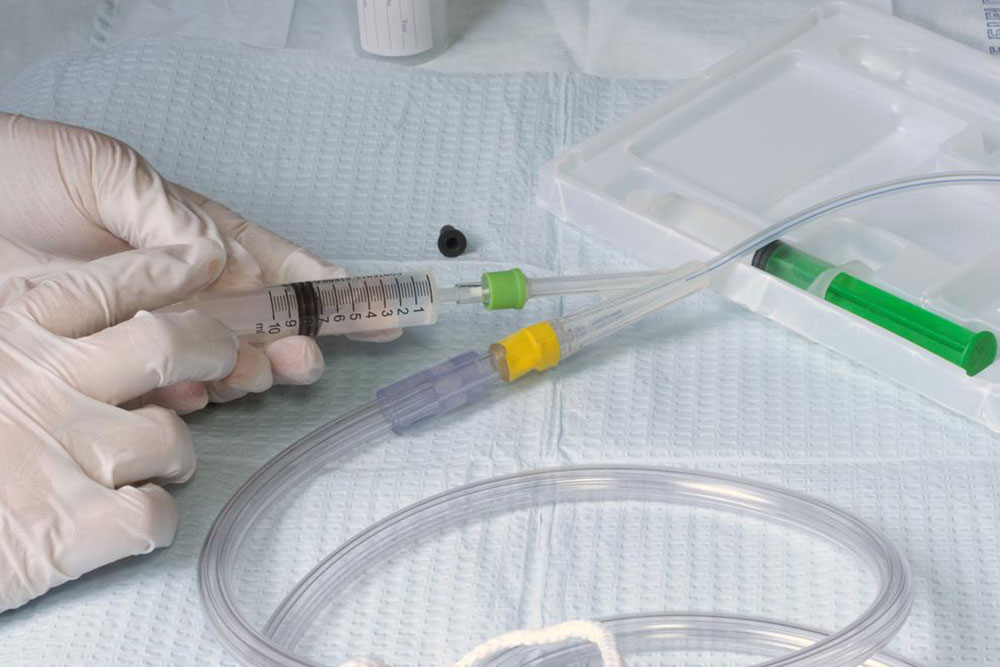Comprehensive Overview of Men's Urinary Catheters: Uses, Types, and Maintenance
This extensive guide covers all essential aspects of men's urinary catheters, including types, uses, proper hygiene, and potential complications. It provides valuable insights for patients and healthcare providers to ensure safe and effective urinary management, emphasizing best practices to prevent infections and injuries. Whether for short-term or long-term use, understanding catheterization is key to maintaining comfort and health.

Comprehensive Overview of Men's Urinary Catheters: Uses, Types, and Maintenance
Urinary catheterization is a medical procedure that involves the insertion of a sterile tube, called a catheter, into the male urethra to drain urine directly from the bladder. This technique is critical in many healthcare settings for men who experience urinary difficulties due to various health conditions. The collected urine is typically stored in a closed silicone or latex bag designed to maintain hygiene and prevent infections. Proper use and understanding of urinary catheters are essential for both patients and healthcare providers, ensuring safety, comfort, and effective urinary management.
Urinary catheters are primarily classified into two main categories: intermittent (short-term) and indwelling (long-term) catheters. Each serves specific purposes based on the patient’s needs, clinical condition, and treatment plan. Intermittent catheters, also known as straight catheters, are used periodically to empty the bladder for diagnostic purposes, during surgical procedures, or when managing acute urinary retention. These are inserted, used to drain urine, and then removed, allowing the patient to resume normal urination.
Indwelling catheters, often called Foley catheters, remain in the bladder for extended periods. They are secured in place with a balloon—either inflatable or non-inflatable—to facilitate continuous urine drainage, particularly for patients with chronic urinary retention, neurological conditions, or those recovering from surgery. These catheters provide a constant avenue for urine collection and are connected to collection bags worn by the patient or attached to beds.
Many patients rely on urinary catheters due to various health challenges. For instance, men suffering from prostate enlargement, neurological conditions such as spinal cord injuries, or severe infections might need continuous drainage. Additionally, patients in palliative or terminal care often require catheterization to manage urinary output comfortably. Postoperative patients, especially after urological surgeries or prostate procedures, also benefit from temporary catheter use to facilitate recovery.
Adjustment to catheter use can vary; some users may experience initial discomfort or changes in urination patterns, but with proper management, this usually stabilizes. Proper hygiene practices, including regular cleaning of the catheter and the drainage apparatus, are essential in preventing infections. Preventive antibiotics are generally not prescribed unless there are signs of infection, emphasizing the importance of cleanliness and careful handling.
While urinary catheters are invaluable medical tools, their use does carry risks that patients and caregivers should be aware of. Common complications include bacterial urinary tract infections, which can result from improper sterilization or handling. Trauma during insertion or removal may lead to urethral injuries or discomfort. Long-term use of indwelling catheters can cause urethral narrowing or urethritis, and urine leakage may occur if the catheter size is not appropriately matched to the patient’s anatomy. To minimize these risks, healthcare providers emphasize proper training, hygiene routines, and regular monitoring.
In summary, understanding the different types of urinary catheters, their specific applications, and maintenance requirements is crucial for safe and effective use. Whether for short-term diagnostic purposes or ongoing management of urinary retention, proper handling ensures patient comfort, reduces infection risks, and improves overall health outcomes. Advances in catheter technology continue to improve patient experience, emphasizing the importance of choosing the right type and adhering to best practices in hygiene and handling.





